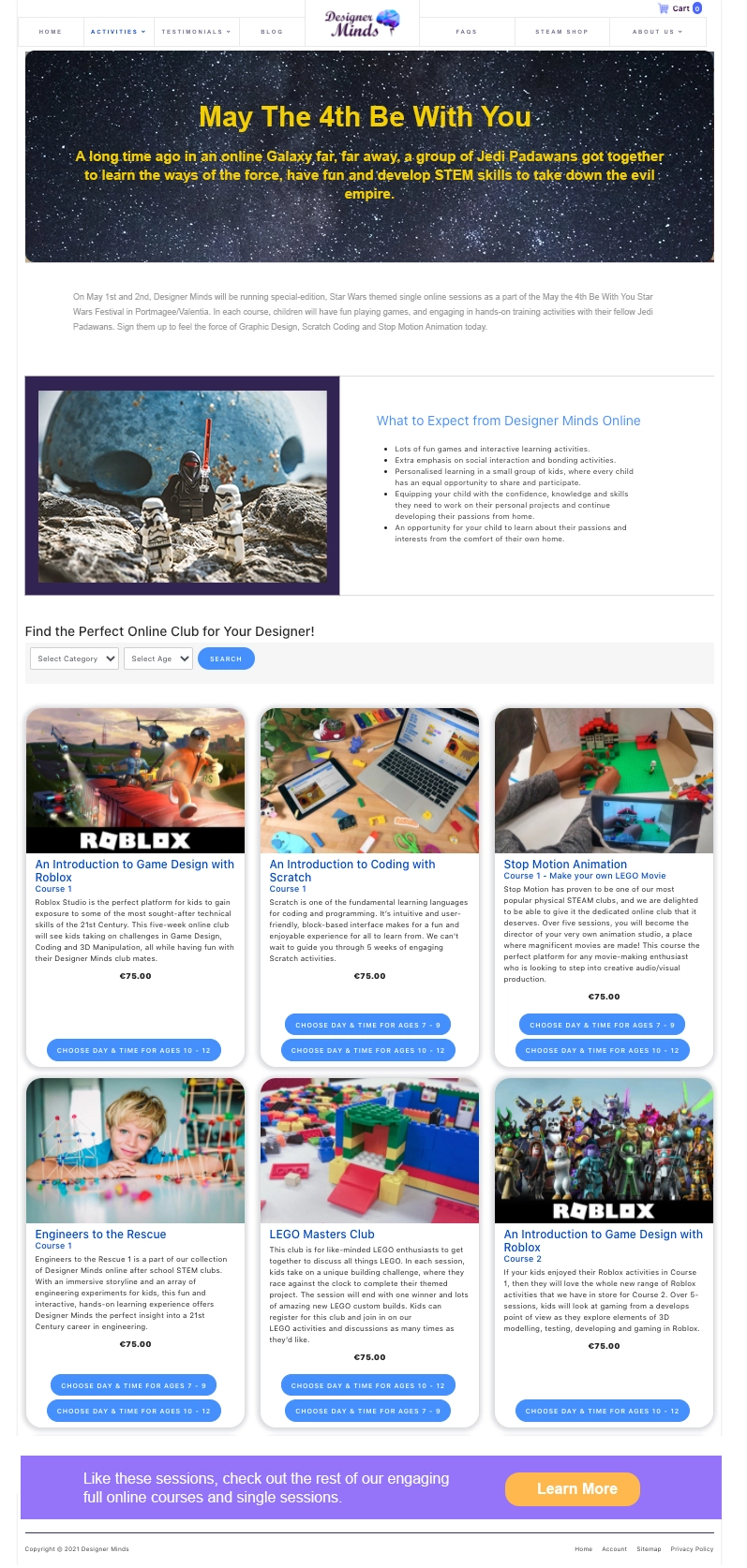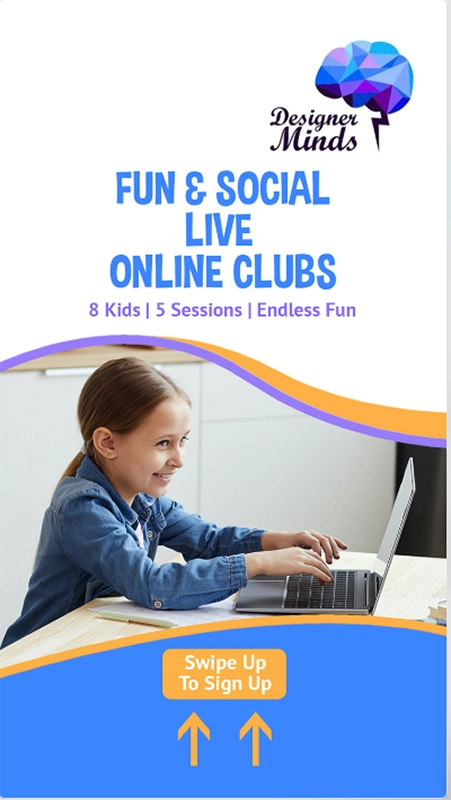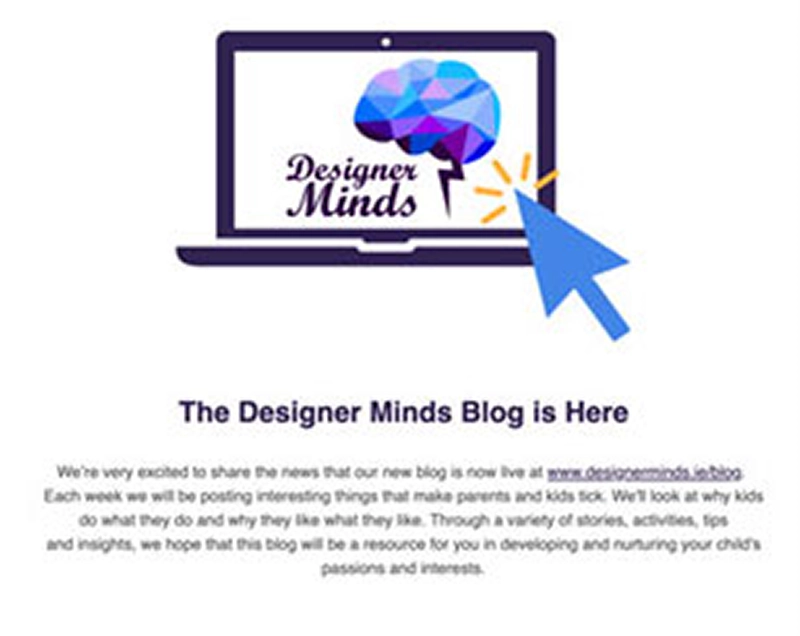Designer Minds Online
Development and Strategy
I started my position as a Marketing Executive at Designer Minds during a crucial period when the company was in the process of transitioning its STEAM education clubs to an online delivery model. This newly developed programme, introduced during the COVID-19 pandemic, was named Designer Minds Online.

strategy
The introduction of this brand new programme required a revamp of the company’s website. Joining the initiative at the beginning, I formulated a website plan encompassing user experience (UX), page layouts, and content management. I collaborated closely with the website team, and played a key role in the development of the Joomla built website, the configuration of the booking system, and the implementation of website content.
Simultaneously, I worked with the managing director to devise a launch and growth strategy for Designer Minds Online. The strategy focussed on paid advertisements, search engine optimization (SEO), social media engagement, testimonials, word of mouth, and our email newsletter. A unique value proposition for the online clubs was their accessibility, free from geographical constraints and travel requirements. While we still restricted our targeting to regions where Designer Minds had established a presence through physical events, we also encouraged and incentivized individuals in these areas to share the clubs with family and friends nationwide and beyond.
After allocating a budget to each marketing channel, I developed a schedule of paid social and Google ads, and organic social media posts.. Given the time constraints, we prioritized the essential elements required for a smooth promotion, launch, and operation of the online clubs. Additional aspects such as re-marketing, email automation, and coupon initiatives were implemented while the clubs were in operation.

Content creation
As I promoted Designer Minds Online through several channels, our content strategy was broad. I developed and published content in a number of formats for various purposes including, education, advertising, sales and knowledge transfer. Here are a few examples of the content I worked on.
eZine
Each online club came with a complimentary eZine. The education team provided me with copy and I combined this with relevant imagery to create a visually compelling publication. The eZine became a part of our marketing strategy once I placed a “clubs you may also like” section in the back of each eZine.
Ads
Often I found that uncomplicated ads featuring an image of a joyful child enjoying a club, paired with a relevant headline, proved to be the most impactful. However, certain ads demanded designs that highlighted the Designer Minds brand. In such cases, I used Adobe Illustrator and Photoshop to create bespoke designs, ensuring strict adherence to the 20% or less text rule for social ads.
Social Media Content
When it came to social media, I used the 80/20 content rule to create and curate our posts. 80% of our content was curated and created with informative and useful content, while the other 20% promoted our online clubs. I used research tools like Buzzsumo to research relevant content for us to post. No matter what the purpose of each post was, they always had a call-to-action leading back to designerminds.ie.

Analytics
From the “clubs you may also like” section in the eZines to our social media ads, I meticulously tracked all of our content and monitored it in Google Analytics. A pivotal moment occurred when I switched the existing email marketing format from full-text emails to designed emails, transforming it into our most successful channel for engagement and conversions. In fact, engagement surged by 125% after this switch.
We also monitored our paid ads closely, keeping track of the frequency, conversion rates, reach and clicks for each ad. We adjusted our approach and strategy where necessary.
The campaign was highly successful with most of the club places booking up from the outset. Each channel played a part in optimising our conversions.




